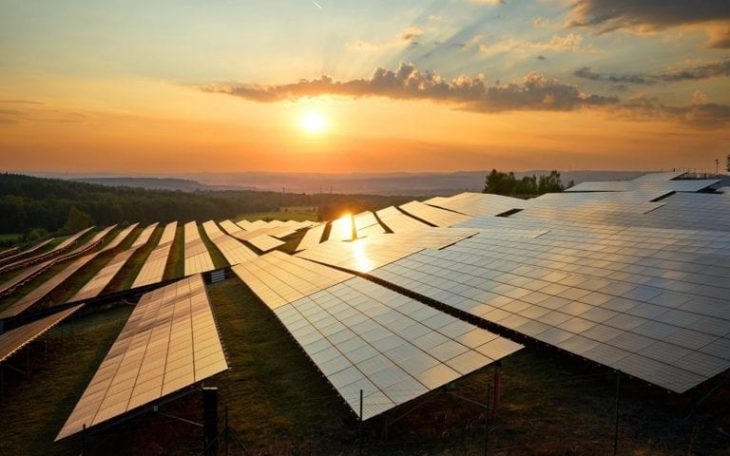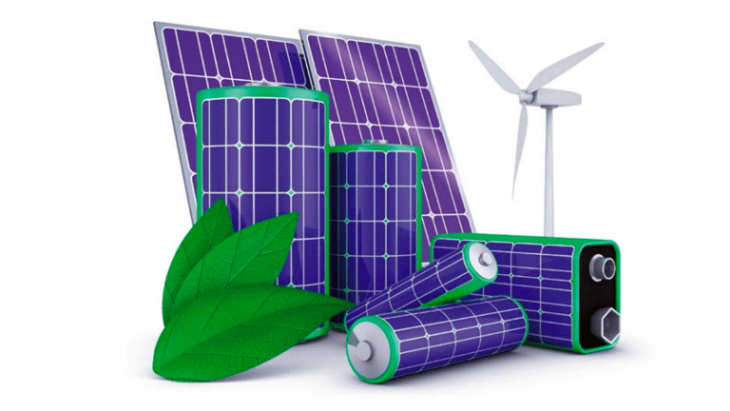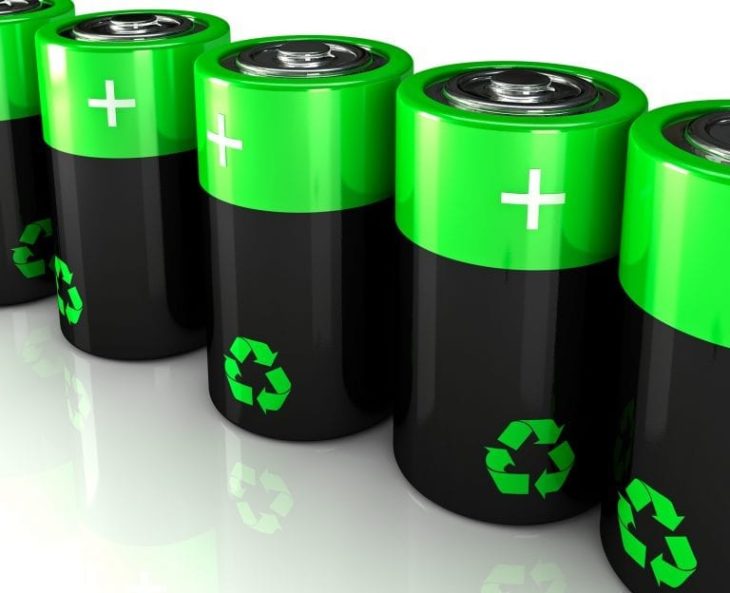Energy storage is going to be a mainstay in today’s society for power consumption and production. In our post, we will highlight the best energy storage battery types as well as why storage will play an important role in our future of energy.
You often see batteries every day with your phone, computer, laptop, and tablets. However, large scale batteries will become a more important part of our grid system as we move away from traditional fossil fuels and into more renewable energy generating systems.
Why battery energy storage is important
Energy storage is forecasted to grow tremendously over the next few years due to the recent rise of intermittent power resources such as solar and wind. These intermittent resources are subject to power production constraints whereby they only can produce energy during certain periods of the day.

source: current-news.co.uk
For example, solar generates most of the power while the sun is shining during the day. However, peak demand for power usually occurs during night time when the sun goes down and people need to heat their homes, use the lights, wash their clothes, etc. Same goes for wind energy where the peak production for power is when the wind is blowing.
Thus, this has led to the rise in demand for energy storage batteries to help store the power to be used during peak demand conditions. Want to learn more about these renewable energy buzzwords? Check out this renewable energy dictionary to help you learn more about the future of energy.
List of the Best Types of Battery Energy Storage
There has been a number of different types of energy storage beyond batteries such as pumped hydro or flywheel energy storage. However, the recent price reduction in batteries has led to the emergence of a number of different types of batteries.
The best types of battery energy storage systems are the following.

source: environmentamerica.org
- Lithium-Ion Batteries
Lithium-ion (Li-ion) batteries are available for 10 to 20-year project life timeframes. You may know them as the battery components to your consumer electronics due to their lightweight nature and high-power density. The mass deployment of these batteries into your electronics has lowered the cost significantly.
Li-ion batteries have a number of advantages over lead-acid batteries, including they are much smaller and lighter for the same capacity. Also, Li-ion batteries are also able to be deeply discharged 80-90% of total capacity without compromising the life of the battery.
- Nickel-Lithium Battery
Nickel-lithium (Ni-Li) is a recent technology of battery that includes nickel, hydroxide, and lithium together. The two metals typically can’t be used together, but the technology uses a layer to separate contact with each metal compound. The battery is predicted to hold more than 3.5x as much energy per pound as Li-ion batteries.
- Lithium iron phosphate battery
The lithium iron phosphate (LiFePO or LFP battery) is a rechargeable battery similar to a Li-ion battery. Lithium iron phosphate batteries have an advantage in thermal and chemical stability over Li-ion batteries and have typically been cheaper to produce. In addition, these types of batteries have a much slower degradation period related to others, which makes it an excellent choice for standby usage.

source: batteriesinaflash.com
Conclusion on Types of Energy Storage Batteries
Batteries will be a mainstay in our age. Going forward, batteries will play a more important role in the future of energy. These batteries will be deployed alongside solar battery charging systems in your home, at your office and while you travel.
I like to think that lithium-ion and nickel-lithium batteries will be the most important drivers for our ability to store and consume power.
What are your favorite types of energy storage batteries? Please let us know in the comments below. We’d love to hear from you.
